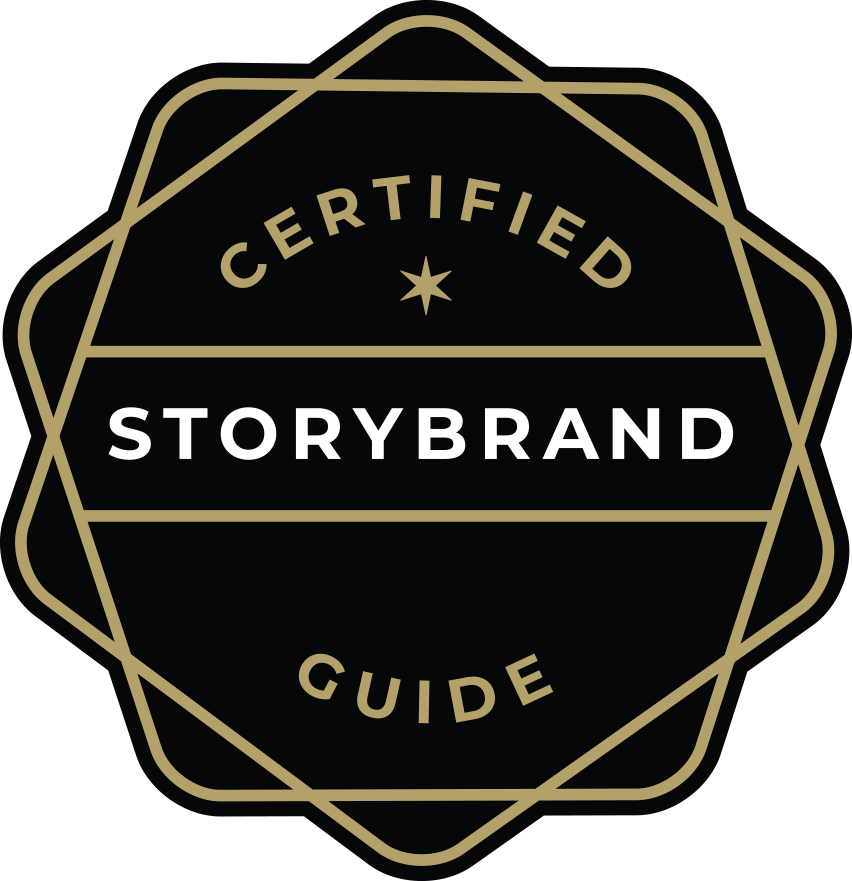Unleashing Marketing Success for Cybersecurity Companies: The Key to Identifying Your Ideal Customer
In cybersecurity marketing, you’re faced with a big challenge: your audience knows they need it, but often don’t understand the ins and outs of the threat landscape or how to boost their defenses. Without a clear understanding of your ideal customer, their mindset, core desires and behaviors, your marketing efforts may fall short. In this post, we'll explore why identifying your ideal customer is critical for cybersecurity companies and provide three best practices you can apply immediately for categorizing and targeting your ideal customer. By leveraging the power of the StoryBrand framework, you can supercharge your marketing and achieve remarkable results.
Why Identifying Your Ideal Customer Matters:
In the vast and ever-evolving landscape of cybersecurity, a one-size-fits-all marketing approach simply won't cut it. Identifying your ideal customer allows you to tailor your messaging, target the right audience, and address their specific pain points. By homing in on your ideal customer, you can create marketing campaigns that resonate deeply, fostering trust and building lasting connections.
Best Practice 1: Define Your Ideal Customer Persona
To start identifying your ideal customer, create a customer persona that encapsulates the characteristics, needs, and aspirations of your target audience. Dive into their world and understand their pain points, challenges, and desires. This is more than just demographic nonsense. Don’t give your persona a name, such as "Cyber-Savvy Sara" or "Security-Conscious Chris," - this might seem like a fun exercise, but it adds nothing of value to true persona creation. Instead, focus on the things that really matter when it comes to marketing to your ideal audience. Document the state of mind your target customer may be in: are they aware of the cybersecurity problems at hand? What level of education do they have around cyber threats or solutions? Have they sought out a solution before? How was that experience for them? Do they have an underlying emotion driving their buying decisions? What are the major pain points they’re experiencing? What is the biggest motivating factor driving them to buy? The list of questions can go on and on- what’s important is that you’re gathering useful information that will inform how you actually sell to this audience. No one cares if “Cyber-Savvy Sara” has a graduate degree, lives in the suburbs and has 2.5 kids. You should care if Sara is frantically searching for cybersecurity because her company recently experienced a breach, they’re under pressure from their Board of Directors to boost defenses, and poor Sara was thrown into the deep end to find a solution without much cybersecurity expertise. Every customer will be different- so paint with a broad brush here to capture a common story.
Best Practice 2: Craft a Compelling Customer Story
Now that you have a sense of what’s happening for your ideal customers, it’s time to harness the power of storytelling to truly engage them. Use the StoryBrand framework to outline a narrative that connects with their experiences, fears, and aspirations. Position your ideal customer as the hero facing cybersecurity challenges, and position your company as the guide providing the tools and expertise to overcome those challenges. A compelling customer story not only captures attention but also creates an emotional bond, inspiring action and brand loyalty.
Best Practice 3: Leverage Data and Research
To truly understand your ideal customer, leverage data and research. Analyze customer demographics, psychographics, and behavior patterns to uncover insights about their preferences, motivations, and decision-making processes. Use surveys, interviews, and market research to gain deeper insights into their pain points, goals, and values. This data-driven approach empowers you to refine your messaging, personalize your marketing campaigns, and optimize your customer experience. We recommend you engage in research after you built your own persona and brand messaging. This might sound counterintuitive, but it’s a lot easier to do research and gather feedback on something you’ve already created, giving you the insight, you need to tweak and iterate as needed.
Takeaways:
Identifying and documenting your ideal customer is crucial for driving marketing success. But to really level-up your marketing, you need to know what to DO with this ideal customer profile. Use this profile to inform a targeted, specific brand message that speaks directly to what your customers care about (hint: create a BrandScript using the StoryBrand Marketing Framework). Then evaluate, test and iterate. By defining your customer persona, crafting a compelling customer story, and leveraging data and research, you can create targeted, personalized marketing campaigns that resonate with your audience.

Making Tech Sound Simple
We help tech-focused companies implement the StoryBrand framework in simple, powerful marketing and retention.


Want to learn more marketing best practices?
Sign up for our weekly emails to become a master of clear marketing.
Kickstart Your 12 Month Marketing Roadmap
5 Pillars of Customer Retention

Decoded Strategies
A Fresh Perspective
Brands with incredible products get beat by the competition every day. Confusing messaging will cost you on every critical front of your business. Decoded Strategies delivers messing strategy & marketing services to communicate about your business in the way your audience actually wants to hear it.

